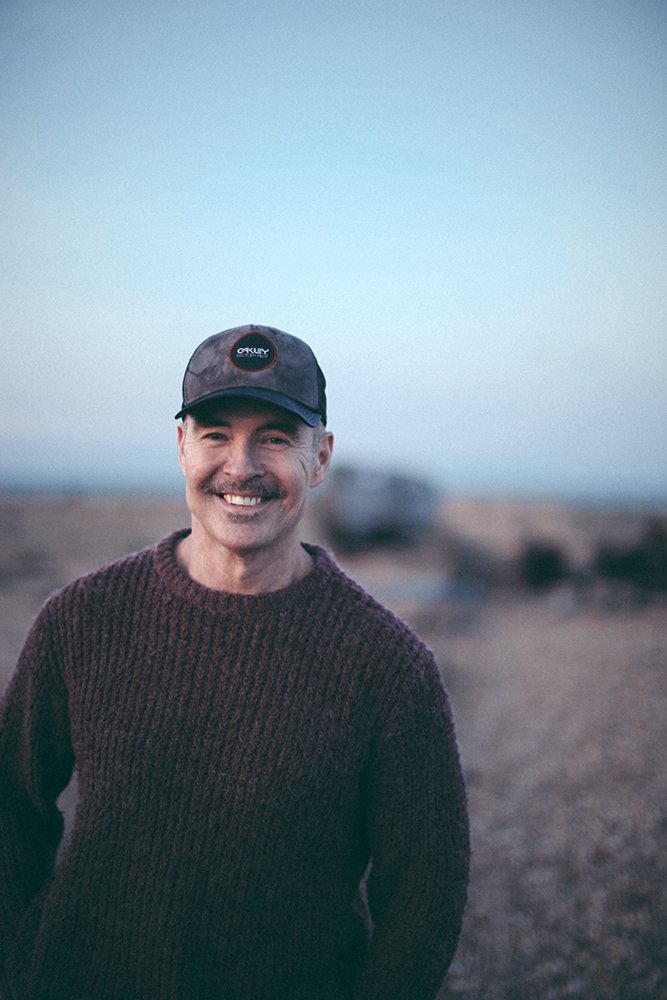

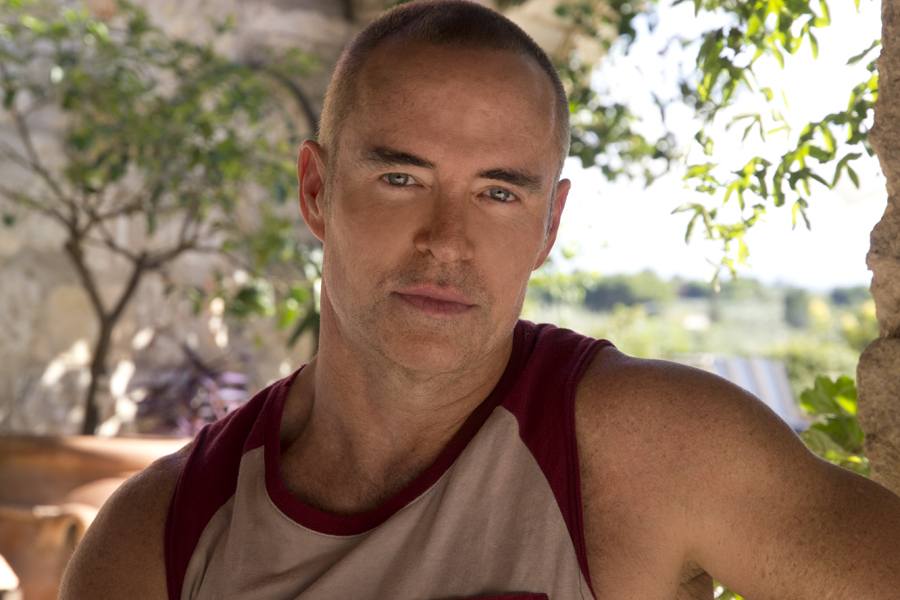
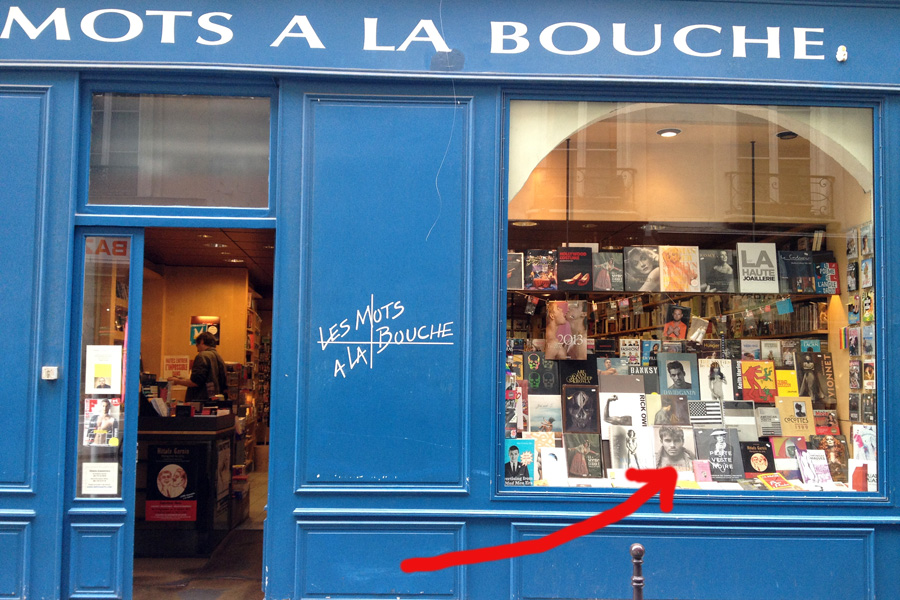


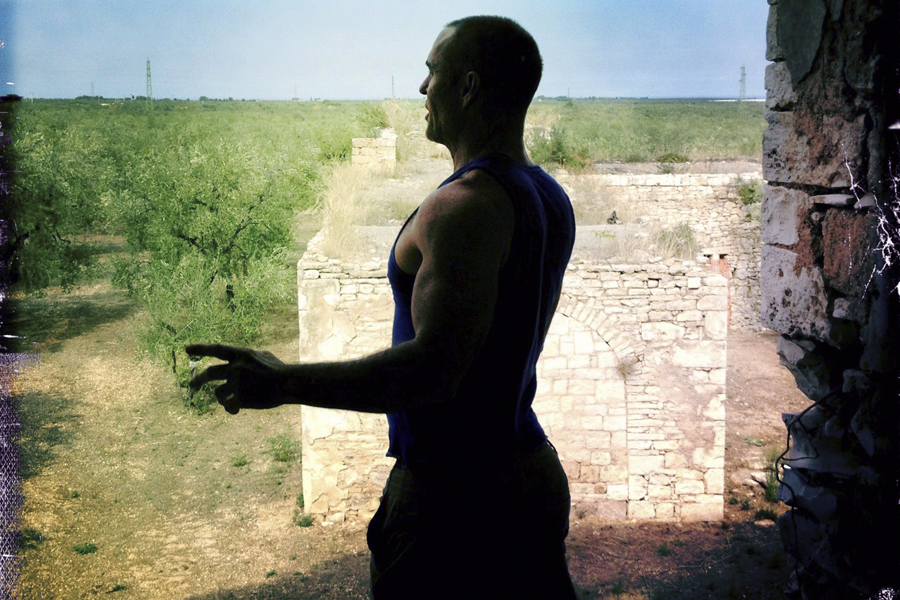
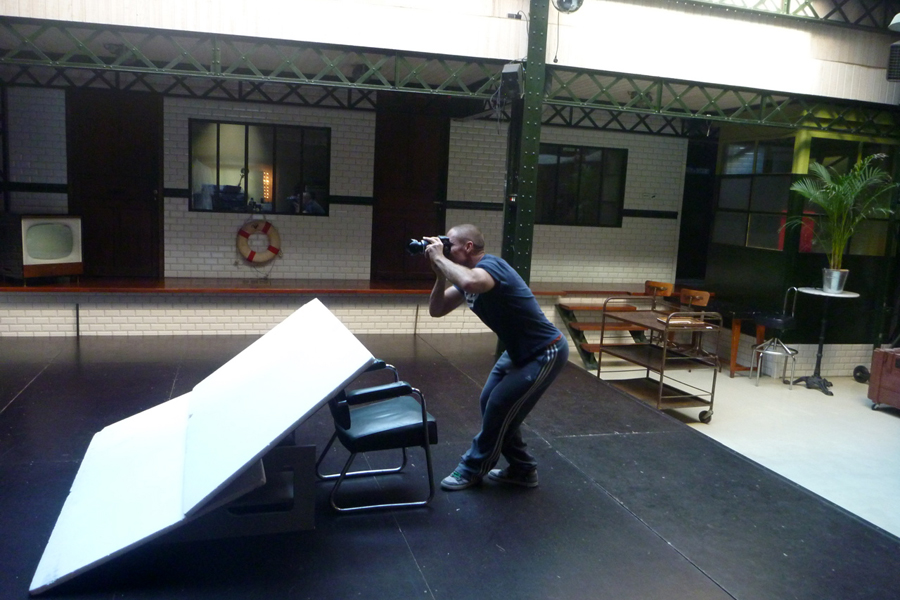
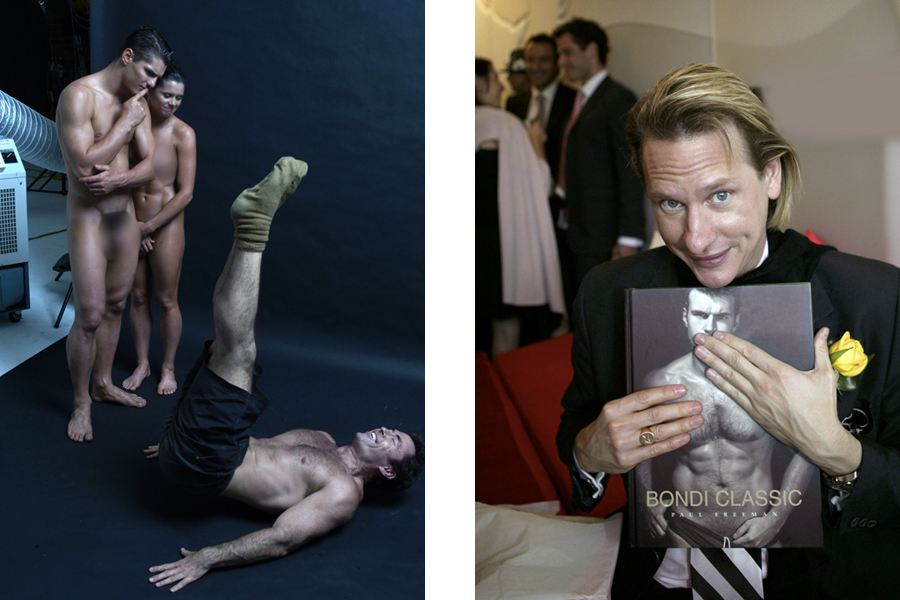


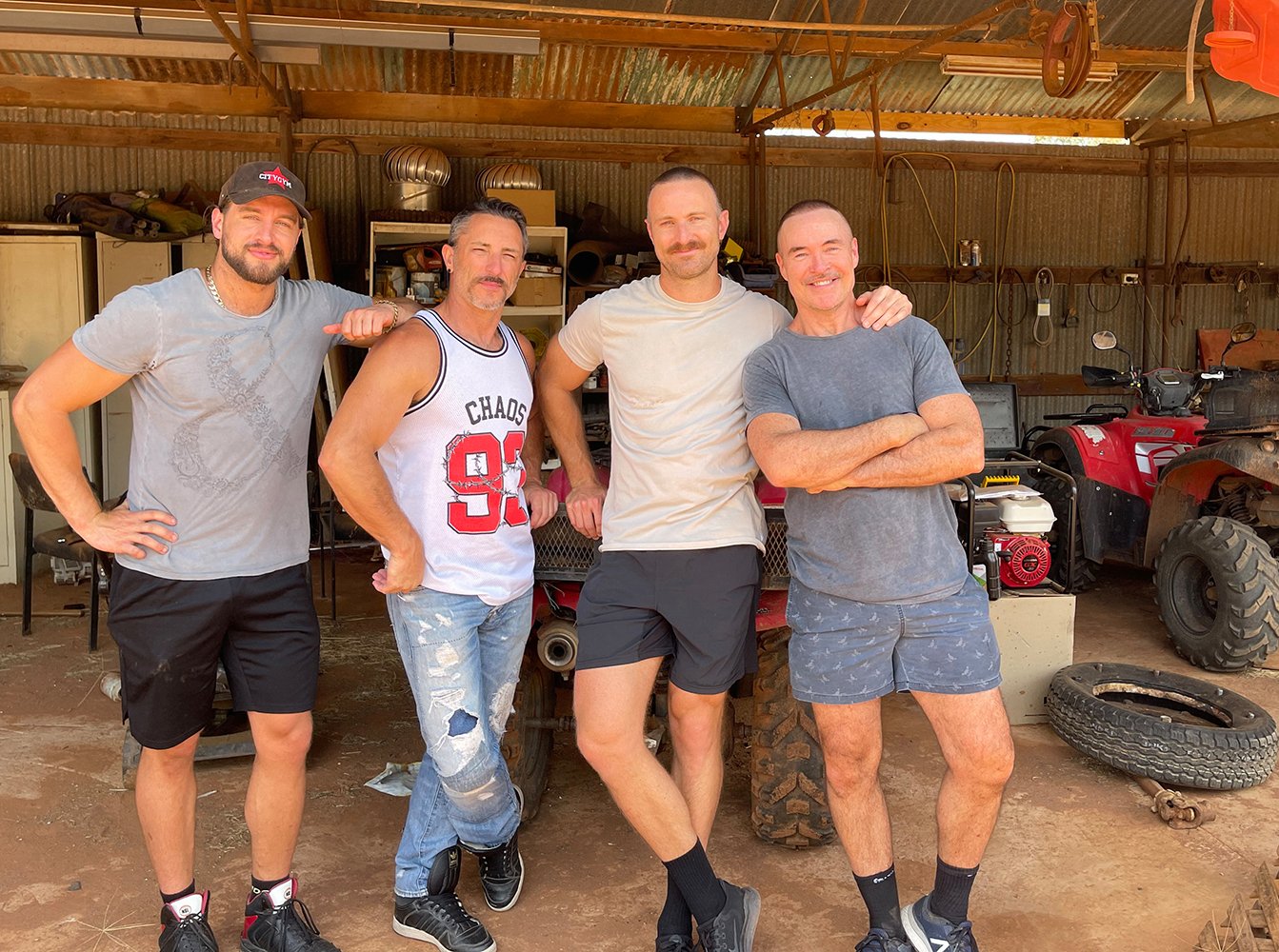
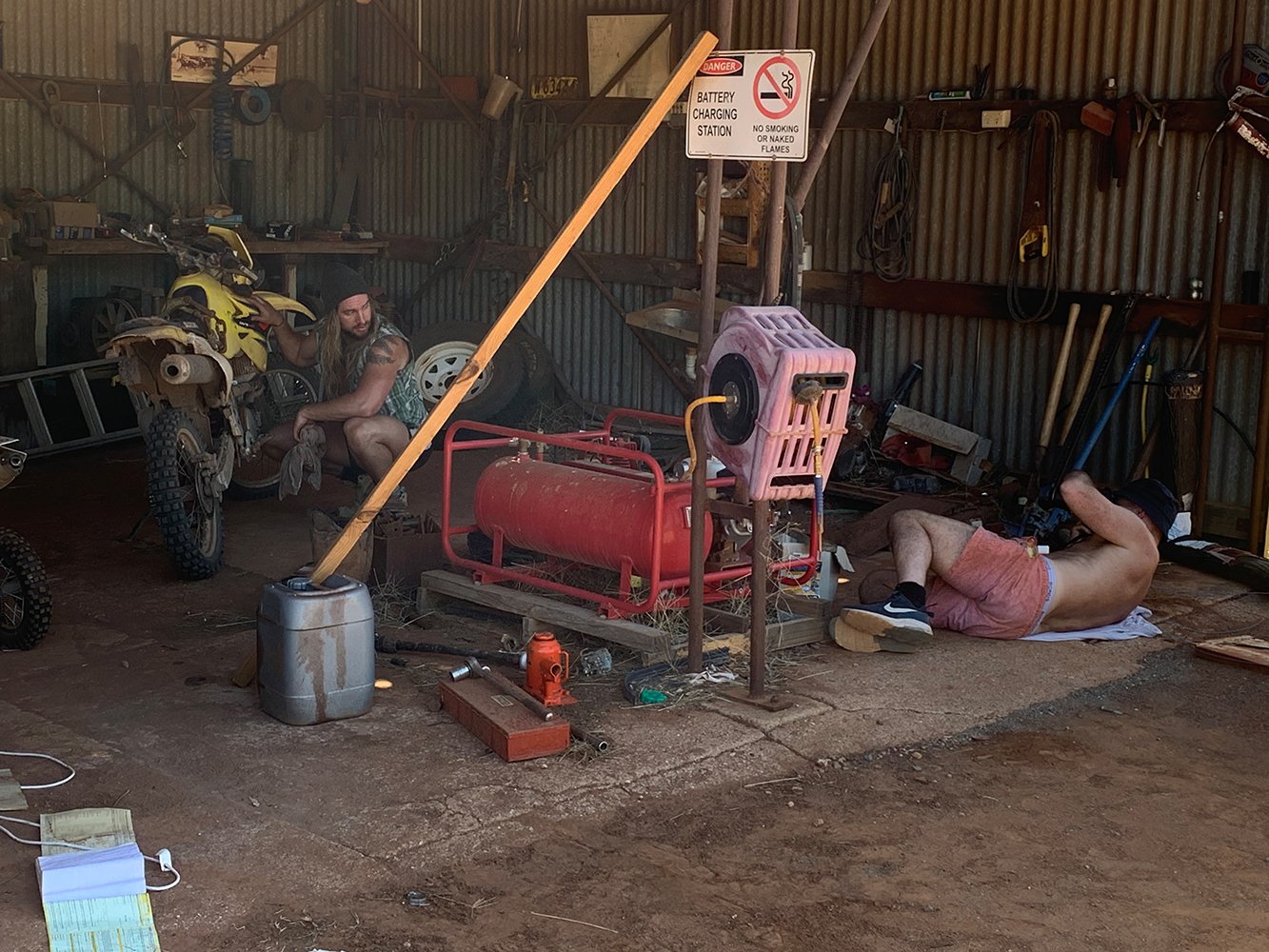
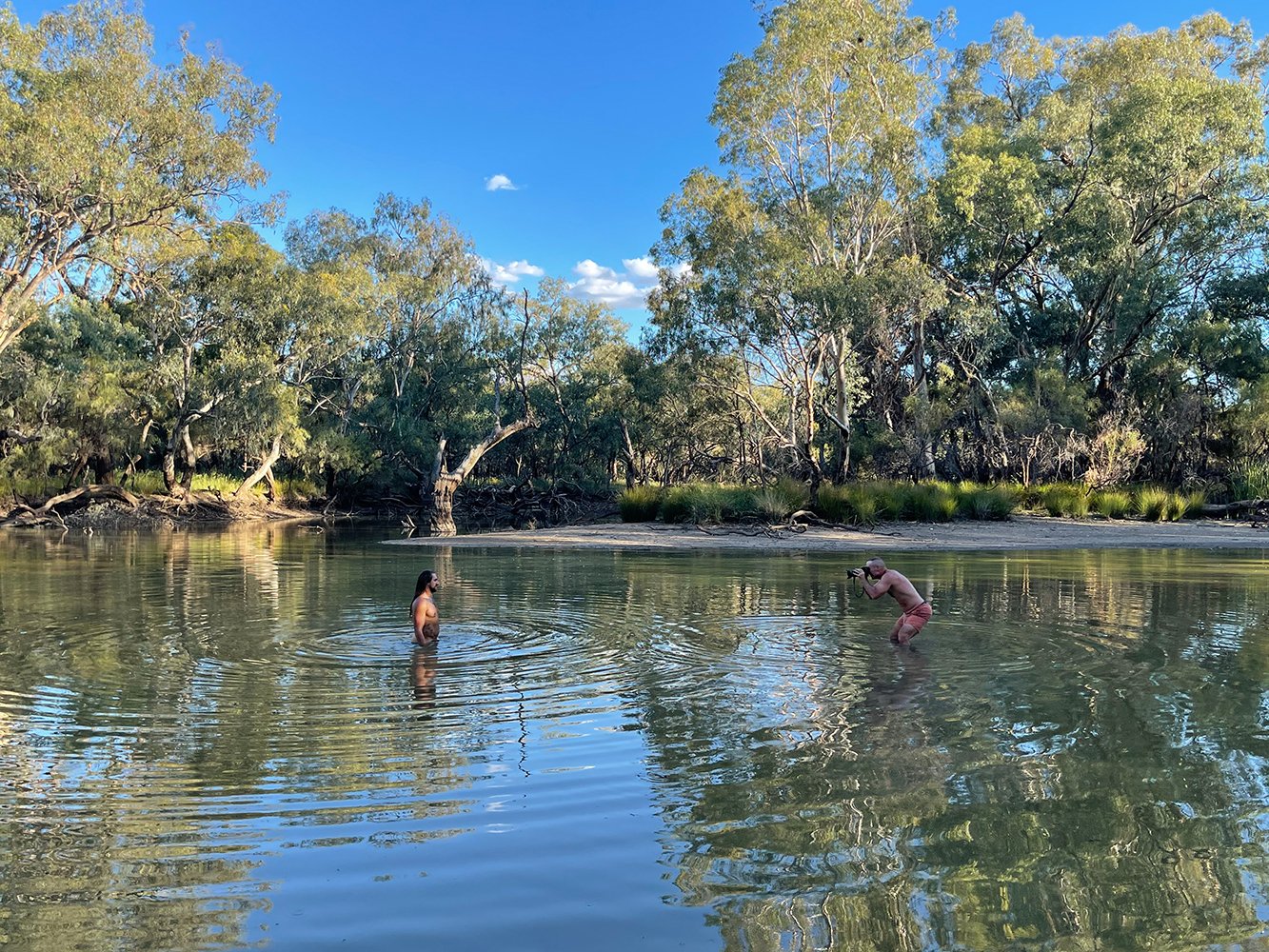

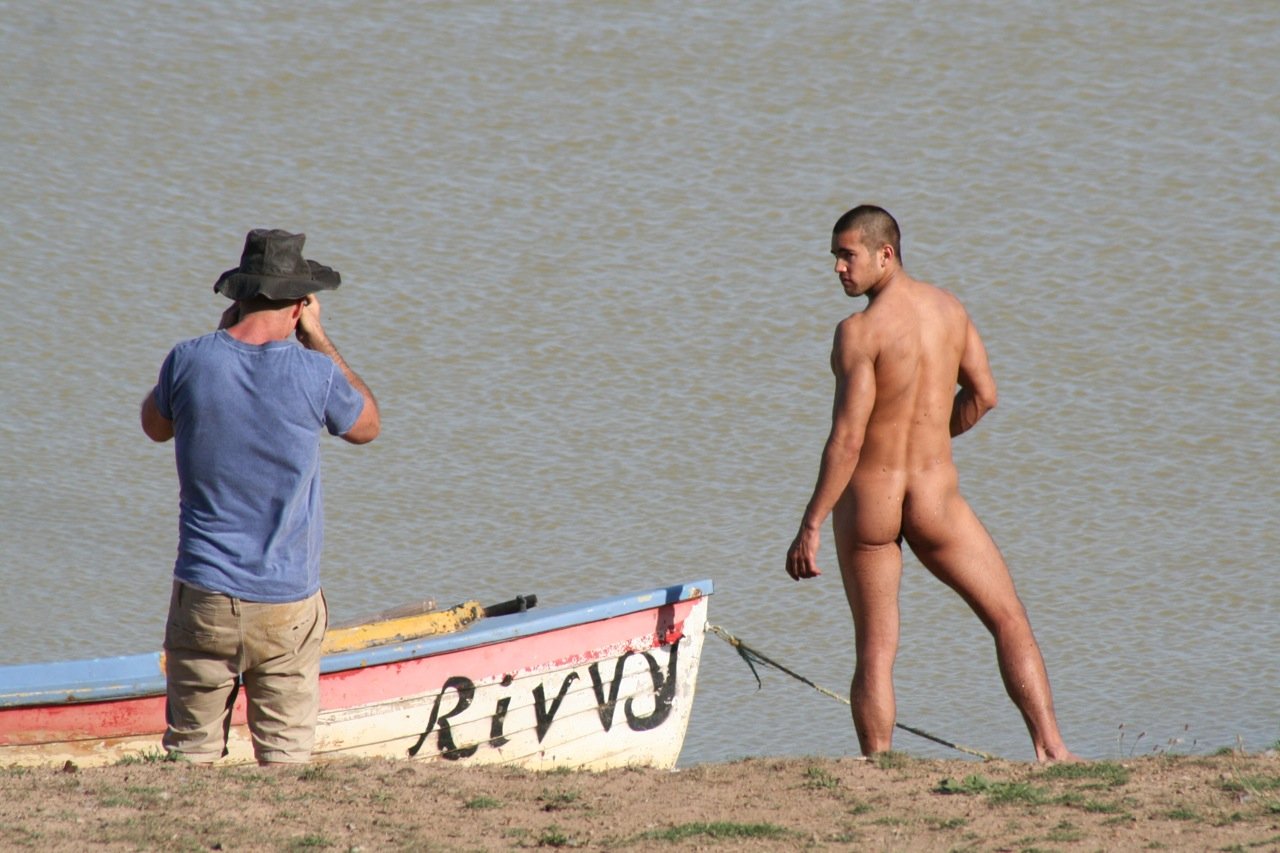

Having established himself at the pinnacle of his craft, not only as a photographer, but as a visual poet and artist, Paul Freeman’s gift is to find and unashamedly eulogize the spirit of a rugged, yet sensitive male beauty. From his compositions and lighting to the particular tough texture of his shoot locations, his collections set a unique and mesmerising tone of sophisticated rawness rarely achieved in books of the male nude.
Paul grew up in Tasmania, the small southern island state of Australia. After graduating from university with a degree in English Literature and History , he moved to Sydney to study and pursue acting, before taking up photography, learning his craft at the Australian Centre For Photography.
His nude portraits of men and women, sports stars and actors, began appearing in the prestigious Black And White Magazine and in their sister publications, Sport and Blue, and in the magazines’ Olympic books, The Sydney Dream (2000) and The Athens Dream (2004).
He made his mark in fashion and advertising too, with campaigns for major fashion labels and brands, winning the top international awards for his Olympus Camera campaign at the Cannes Lions and the Clios.
The New York Times art critic Robert Hughes’ featured Paul’s work in his 2000 documentary series Australia: Beyond The Fatal Shore, and his work has been featured in Australian television documentaries.
He took time out from photography to write the best-selling biography of Australian footballer Ian Roberts, ( Ian Roberts: Finding Out, published by Random House in 1997).
Paul’s first book of art nude portraits, Bondi Classic, was published to critical acclaim in 2003, and a best-selling series of three more Bondi books followed.
His 2011 and 2013 books Heroics and Heroics II are a neoclassical exploration of the nude male, and reference sculpture and painting in Western European art, from the Renaissance on. This series questions contemporary attitudes to the naked male in life and art by juxtaposing it with our collective artistic heritage.
Paul is probably best known for his five Outback books, 2008-2014. At home in the Australian Bush, in the series he utilises its’ timeless changing moods and textures to style and weather his working subjects and sensualise the Australian male of folklore. Each of the books accents a different element of the theme.
In the follow-up Larrikin series of eight books ( 2017-2021) Paul takes that peculiarly Australian larrikin ideal of masculinity, the source of his personal aesthetic, and applies it broadly, often outside Australia, with themes specific to countries like England (Larrikin Lads), the United States (Larrikin Americana) and France (Larrikin Prince) and to recurring subjects around the working man ( Larrikin Yakka and Larrikin Outsiders). Paul describes his Larrikin in the essay The Larrikin In Me: “We idolise [larrikins] as our heroes because they don’t take themselves too seriously, and the sensuality and sexiness of a man is most potent when his good looks are combined with a certain nonchalance, an apparent disregard for his physical potency at the same time as a complete ease with it, the spirit and energy of a warm and inquisitive nature, and an irreverent sense of humour he will also use at his own expense. To speak of at least some of these ethereal qualities in a photograph is to tell the story of the larrikin”, visual narratives of unselfconscious men in gritty and evocative environments.
In 2022 Paul released his first single subject study, Ian, captured in just two photo shoots a year apart, and Rock Banned, another departure for Paul as he explored indoors a sensual fantasy of musicians, singers and roadies in rehearsal and performing. Both collections speak very much to Paul’s larrikin ideal.
Critics and Reviews
Freeman has long been on Playgirl’s radar. Reviewing the best-selling Bondi series back in 2007, we commented: “For Paul Freeman, photography is a religious experience. Drawing upon the depiction of the male form in art images from his Australian, Irish-Catholic upbringing, Freeman photographs his Aussie male models like they are at the center of a larger, holier tableau. Imagining his subjects as characters in a story and using the rocky shores of Sydney as a dramatic background, Freeman believes he presents male beauty, with all its complexities, as a heroic virtue.
The ‘larrikin’ ideal of masculinity has shaped most of Freeman’s brawny nudes and his aesthetic. And it inspires his latest two photobooks: Bloke, set in rural and outback Australia, and Vagabondo, photographed mostly in Italy (but also across Europe and the United States). Rugged men in their work locations from morning to dusk in Bloke. Rugged men on the road, in nature, among the ruins in Vagabondo…. All of us will revel in the poetry and the sensuality of Freeman’s images. His settings aren’t just fungible “backgrounds,” the lighting isn’t merely decorative: they’re no less noteworthy, no less beautiful than the handsome men Freeman lenses; in fact, they’re integral to these men’s beauty -to their strong bodies and their adventurous spirit. (Playgirl Magazine, March 2 2024)
“He is one of the most admired photographers of his generation, an important and astute recorder of the contemporary male nude image with a style that is undeniably his own. With over half a dozen critically acclaimed and beautifully appointed monographs to his credit, Paul Freeman’s stunning, erudite images of virile, rugged men working and playing in the Australian outback have come to occupy an iconic, cult-like reverence in the collective consciousness of the men and women who follow his work and collect his books.” LUSH LIFE Magazine, July 2012
“The power, the honesty, and the completely unselfconscious energy in Paul Freeman’s nudes sets them apart from the crowd. I recognise in his work those deep currents of passion that allow for an unfettered exploration of human physicality and sexuality. Very few photographers can hold my attention the way Paul Freeman does and I count him among my most significant contemporary influences.” - Tom Clark in the introduction to his book STORYTIME
“Paul Freeman is tremendously influential as an artist and despite his fame and acclaim, I believe his overall importance as a contemporary photographer has yet to be fully realized. There is a timeless beauty and energy and authenticy to his work I truly love and admire and relate to . The power of his photographs have less to do with the physical beauty and/or sexuality of the men pictured and more with where they take me. It’s like traveling. Paul’s images conjure up a very specific feeling for me. They capture a moment, a way of life… in a very tangible way. ” (Sophia Renee , photographer, writer)
“He’s brought us a new and exciting view of the male and the masculine…about individuality, personality, reality.” ( David Leddick, author of THE MALE NUDE)
“Paul Freeman creates unique masculine worlds with each book. Not merely a collection of photographs, each book is a conceptual whole, featuring men who appear unaware of their own beauty, but fully engage with Freeman to offer themselves to his eye. .. At the close of each book, one feels there has been a real adventure with real men. Exciting and very satisfying. Exceptional work.” (David Boyce, arts writer THE STANDARD-TIMES)
“I continue to be inspired by Paul Freemans work. Every time I sit down to look at his images I’m immediately pulled into a place that I really love to be. His work moves me and inspires me and has been in my consciousness since he first started publishing and making waves on the international scene” ( Tom Clark)
